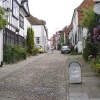 | 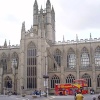 | 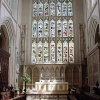 | 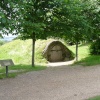 | 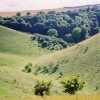 | 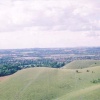 |
Brian Leahy Posts: 7 Joined: 17th Jan 2013 Location: England | quotePosted at 20:32 on 17th January 2013 Wild wrote that he “found two villages, Upper and Lower Hinksey, and between them there lay a great swamp, so that the villagers could not pass from one to the other without many miles of a round.” What happened? |
| cathyml Posts: 23275 Joined: 25th Jan 2010 Location: South Africa | quotePosted at 20:35 on 17th January 2013 Hi Brian, and welcome to POE. I can't answer your question but am sure one of the knowledge members will! |
| cathyml Posts: 23275 Joined: 25th Jan 2010 Location: South Africa | quotePosted at 21:05 on 17th January 2013 Here's the answer for you Brian! They are now called North & South Hinksey, located about 1 mile south of Oxford in Oxfordshire (prior to the changing of the boundaries they were in Berkshired). The two villages are now connected with the Southern By Pass road. Matthew Arnold also referred to these two villages in his poem The Scholar Gypsey. |
Brian Leahy Posts: 7 Joined: 17th Jan 2013 Location: England | quotePosted at 23:36 on 17th January 2013 So there was no conecting road before the Southern By Pass? |
| Paul Hilton Posts: 2605 Joined: 21st Nov 2004 Location: UK | quotePosted at 02:11 on 18th January 2013 Here's my 1821 map of Berkshire whose boundaries stayed pretty much as here for another 150 years. I'll have a closer look later on at the area Brian is speaking of and other maps I have. http://www.flickr.com/photos/paulhilton/6608427307/ The "he" above that Oscar Wilde was writing about was John Ruskin who had comandeered a group of Oxford students-to include Wilde- who built a road halfway across the swamp when it was abandonded, thus not completed, as Ruskin had left for Venice so Wilde and his fellow students, went back to their universities. Edited by: Paul Hilton at:18th January 2013 02:29 |
| Paul Hilton Posts: 2605 Joined: 21st Nov 2004 Location: UK | quotePosted at 03:04 on 18th January 2013 The ring road around the west of Oxford was built in 1962 to become what is now the A34 which had been built in 1922 and had gone through Oxford and was re-numbered A4144 when the ring road was completed. Looking at old Ordnance Survey maps shows the A4141 running between these two villages; its location looks to be incorporated into the new 1962 A34 trunk road by-pass. Edited by: Paul Hilton at:18th January 2013 03:42 |
Brian Leahy Posts: 7 Joined: 17th Jan 2013 Location: England | quotePosted at 15:20 on 18th January 2013 Many thanks for all your help. Brian |
| Edward Lever Posts: 734 Joined: 22nd Dec 2005 Location: UK | quotePosted at 01:11 on 20th January 2013 This area of Oxford has always been prone to flooding. There is an area of Oxford called Grandpont, just a little east of Hinksey, where a stone causeway was built in Anglo-Saxon times to raise the road above the swamp. The stone causeway is now hidden under the Abingdon Road A4144, south of the city centre. |
| Please login to post to this thread... |